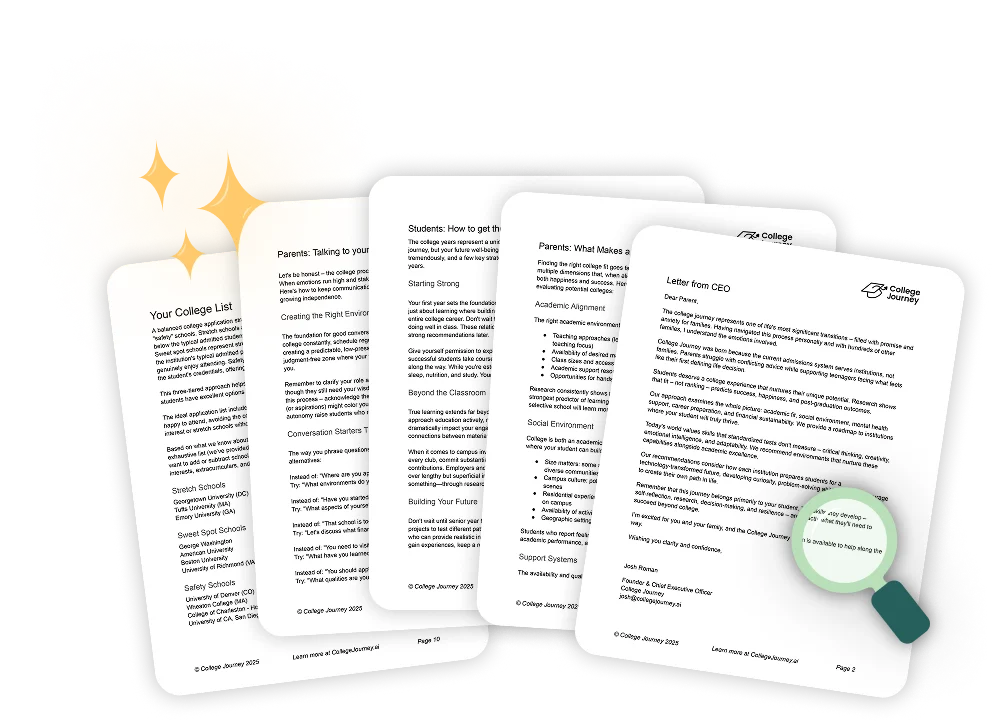College is exciting, but it does come with a significant cost. Tuition, housing, textbooks, and meals can quickly add up. But what costs the most? And how can you manage it without spending more than you need to?
For many students and parents, understanding college expenses can feel confusing. If you don’t understand and plan for these costs ahead, they can pile up, causing stress and debt. But, with the right strategies, you can save money, find financial aid, and make college more affordable.
Key Takeaways
- Tuition and fees are the biggest college expenses.
- Housing and meal plans can be just as costly as tuition.
- Out-of-state tuition is much higher than in-state tuition.
- Private colleges charge more but may offer better financial aid.
- Some colleges require health insurance, increasing expenses.
- Scholarships, grants, and work-study help reduce costs.
Largest Expense in College: Tuition and Fees
When it comes to college costs, tuition and fees take the biggest bite out of your budget. Whether you’re attending a public or private school, tuition is often the largest and most unavoidable expense.
College tuition has been rising for decades, making it harder for students to afford higher education. Several factors drive up the cost, including:
- Instruction & faculty salaries: Colleges pay for top professors, research programs, and academic resources.
- Campus facilities & technology: Upgraded classrooms, labs, and student services all contribute to higher fees.
- Administrative costs: Schools spend a lot on staff, marketing, and student support programs.
- State funding cuts: Many public universities receive less government funding, shifting more costs onto students.
Over the past 20 years, tuition at public four-year colleges has increased by nearly 179%, while private colleges have also seen significant hikes. Today, the average tuition for a public in-state college is around $10,000 per year, while private colleges charge about $39,000 per year.
Your residency status can also have a huge impact on tuition costs. Public universities offer lower rates for in-state students because they receive funding from state taxes. But you’ll likely pay much more if you’re from another state.
Other Major College Expenses
Tuition may be the biggest college cost, but it’s not the only one. Housing, textbooks, transportation, and personal expenses can add thousands of dollars to your yearly budget and significantly impact your cost of attendance.
Housing and Room
Where you live during college plays a huge role in your total expenses. Room and board is often the second-biggest cost after tuition. Many public universities charge between $12,000 to $14,000 per year for on-campus housing, including a meal plan. While dorm life offers convenience, it can be expensive compared to off-campus options, which may lower the average cost of living.
Living off-campus can sometimes be cheaper, but costs vary based on location. Rent, utilities, and groceries can quickly add up, making budgeting important. Some students save money by sharing apartments or living with family, avoiding room and board costs altogether.
While many colleges require freshmen to live on campus, exploring more affordable housing options in later years can significantly cut expenses.
Books and Supplies
College textbooks are surprisingly expensive, with the average student spending around $1200 per year on books and supplies. Some classes require multiple books, each costing hundreds of dollars, making this a major hidden expense.
Buying used books, renting instead of purchasing, or opting for digital versions can help lower costs. Some schools also offer textbook exchange programs or library copies for temporary use. Selling books at the end of the semester is another way to recoup some of the money spent. Planning ahead and looking for cost-saving options can make a big difference in reducing this expense.
Transportation Costs
Getting to and from campus can be a major expense, especially for students who commute or travel home frequently. Gas, parking fees, and public transportation costs can easily add up to over $1,000 per year for those who drive to school. Out-of-state students who need to fly home during breaks may end up spending even more.
Some schools provide free or discounted public transportation passes, while others require students to cover these costs themselves. On-campus parking permits can also be expensive, making car ownership a costly option for students. Booking travel in advance, carpooling, and using student discounts can help reduce transportation expenses.
Personal & Miscellaneous Expenses
Beyond tuition, housing, and books, college life comes with everyday costs that can add up quickly. Food, clothing, entertainment, and personal care expenses typically cost students around $2,500 per year. Even with a meal plan, dining out occasionally can get expensive. Social activities, campus events, and memberships for clubs or organizations also contribute to spending.
A college budget should also include laundry fees, gym memberships, and medical expenses. Unexpected costs, like replacing a broken laptop or paying for emergency travel, can arise at any time. Keeping track of spending and setting a personal budget can help students manage these expenses without financial stress.
How to Reduce Your Total Cost of College
Overwhelmed by college research?
Let us help save time and find the perfect schools for your family.
Finding ways to cut college costs is key for students. Proper financial planning can help you achieve this. There are many strategies that can help make college more affordable.
- Scholarships & grants: Applying for scholarships and grants can help a lot. They don’t need to be paid back, which is great. Look for them from organizations, colleges, and governments. Apply early to boost your chances.
- Work-study & part-time jobs: Work-study and part-time jobs let you earn while you learn. Work-study jobs are on campus, offering flexible hours. Off-campus jobs can help with living and tuition costs.
- Community college & transfer programs: Starting at a community college can save money. They charge less than four-year schools. Then, you can transfer to finish your degree and manage your cost of tuition and fees more effectively. This way, you save and transition smoothly.
- Living at home vs. on campus: Choosing to live at home or on campus impacts your budget. Living at home saves on the average cost of room and board. Think about campus life and home convenience to decide what’s best for you.
Financial Aid & Loan Options to Cover College Costs
Financial aid is key for students facing college costs. Knowing your options can make a big difference. Federal student aid includes grants, work-study, and loans. To get these, you must fill out the FAFSA (Free Application for Federal Student Aid) correctly and on time.
With college costs rising, looking into different loans is important. Federal aid is a good start, but some college students might need private loans, too, to cover the cost of tuition and fees. These loans offer extra money but have different rates and repayment plans. You should plan your loan options carefully to avoid student debt after graduation.
Understanding the good and bad of each financial aid choice is important. Knowing your options helps you make smart decisions. It also helps you plan how to use financial aid wisely. Understanding these financial aspects is crucial for your college journey.
Conclusion
College is a big investment, and the cost of tuition and fees is your largest expense. But it’s not the only cost. Housing, textbooks, transportation, and personal expenses can quickly add up, making planning essential.
The good news is that there are ways to reduce the annual cost of your college experience. Scholarships, grants, work-study programs, and smart budgeting can make a huge difference. Exploring cost-effective housing, renting textbooks, and using student discounts can also help stretch your budget further.
About College Journey
Paying for college is a challenge, but understanding your expenses is the first step to making smart financial decisions. College Journey is here to help you navigate not just the cost of college but every step of the admissions process. With Alice, your AI-powered college counselor, you will get clear guidance on how to prepare for college—from academics and extracurriculars to financial planning.
Alice has the answers to any questions you may have, whether you need insights on how colleges evaluate GPA, test scores, and essays, advice on making your application stand out, or tips for securing scholarships. With personalized recommendations, college comparisons, and progress-tracking tools, College Journey makes the entire process easier. The best part? It’s completely free to sign up and start planning for your future today.
FAQ
How can I reduce meal plan costs?
Consider choosing a smaller meal plan if you don’t eat on campus often, cooking your own meals if you live off-campus, or using grocery discounts and meal prep strategies to save money.
Do colleges offer financial aid beyond freshman year?
Many schools provide ongoing financial aid, scholarships, and grants each academic year. However, you may need to reapply or maintain certain academic requirements.
How can I save money on dorm essentials and supplies?
Buy second-hand furniture, rent mini-fridges instead of purchasing, split costs with roommates, and take advantage of student discounts when shopping for essentials to minimize the annual cost of living.
Is health insurance included in college costs?
Some colleges require students to have health insurance, which may be included in your tuition bill. If you already have coverage, you may be able to waive this fee.
Are summer classes cheaper than regular semester classes?
In some cases, yes. Some colleges offer discounted summer tuition rates, and taking classes during the summer can help you graduate early, saving on the average cost of tuition in the long run.




